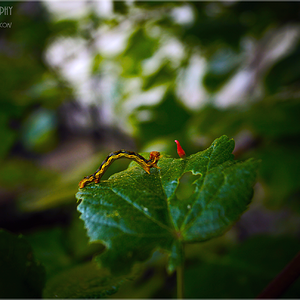Fox Paw
TPF Noob!
- Joined
- Jun 3, 2008
- Messages
- 670
- Reaction score
- 0
- Location
- Arizona
- Can others edit my Photos
- Photos OK to edit
I downloaded the trial version of Photomatix and I've been fooling around with it.
Some comments around here have suggested to me that some people have reservations about HDR. If so, I'd be interested in hearing why. I've seen a number of HDR images I didn't like, but also quite a few that I did like. My limited experiments suggest that it's not for every situation but that some shots could benefit from it quite a bit.
Some of the strangeness in some HDR photos, I'm guessing, depends on the software used. I also wonder if some HDR photos seem strange simply because our eyes are accustomed to the language that traditional cameras speak. It seems to me that in theory, at least, HDR can more accurately reflect what the human eye can see.
Some comments around here have suggested to me that some people have reservations about HDR. If so, I'd be interested in hearing why. I've seen a number of HDR images I didn't like, but also quite a few that I did like. My limited experiments suggest that it's not for every situation but that some shots could benefit from it quite a bit.
Some of the strangeness in some HDR photos, I'm guessing, depends on the software used. I also wonder if some HDR photos seem strange simply because our eyes are accustomed to the language that traditional cameras speak. It seems to me that in theory, at least, HDR can more accurately reflect what the human eye can see.




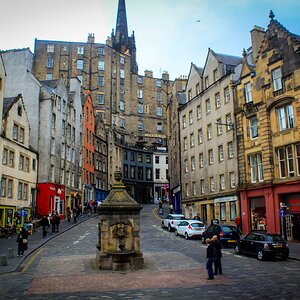
![[No title]](/data/xfmg/thumbnail/37/37123-508270c4d14bcf3f293bd90dfd8ba6b4.jpg?1619737883)
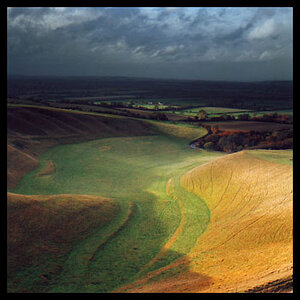

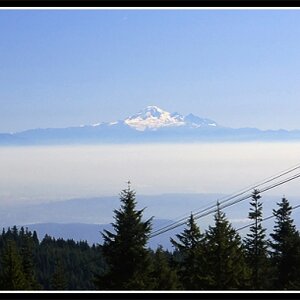
![[No title]](/data/xfmg/thumbnail/34/34345-5642c495cae8d6c7bb83c28664146cf1.jpg?1619736381)
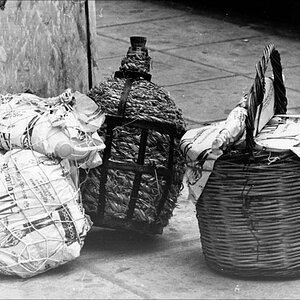

![[No title]](/data/xfmg/thumbnail/32/32926-ec27ecead8c80d803404500d8f888dbf.jpg?1619735754)
![[No title]](/data/xfmg/thumbnail/38/38749-a4ef503184d13a9c7592221cb44ac5e8.jpg?1619738704)
![[No title]](/data/xfmg/thumbnail/32/32930-09414fc020c2a60a456ff59a05c5ef8f.jpg?1619735759)
